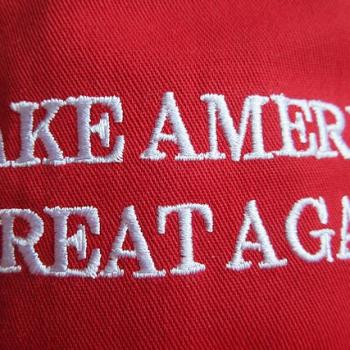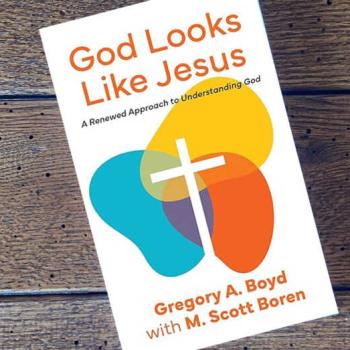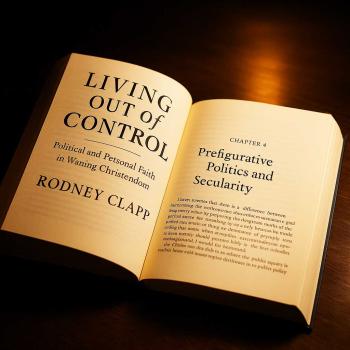About the “Religious Left”
*Note: If you choose to comment, make sure your comment is relatively brief (no more than 100 words), on topic, addressed to me, and civil and respectful (not hostile or argumentative). It should contain no links or photos.*
For years now, the American mass media have been obsessed with what has been labeled “The Religious Right”—a movement by mostly Christians to use government and law to enforce specifically religious ethical norms. We must recognize now that the Religious Right has always been somewhat diverse; it is not a monolithic block. And yet it has often been portrayed that way. Some advocates of the Religious Right want to create an American theocracy. They are called “Christian Reconstructionists.” Others want Christian ethics and morality to have an equal voice in “the naked public square” and “enforce” certain Christian moral norms only through persuasion.
What has largely been forgotten is the long history of what can rightly be called a “Religious Left” in American history. There can be no doubt about it; during the “Progressive Movement” era of the late 19th and early 20th centuries mainline Protestant Christians were in the forefront of promoting things like democratic socialism (e.g., Washington Gladden and Walter Rauschenbusch). Walter Rauschenbusch wrote a book entitled “Christianizing the Social Order” in which he advocated an economic order in America indebted to Marx. Throughout the 20th century and now into the 21st century mainline Protestant church leaders and theologians have “organized to beat the devil” without believing in a literal devil and without advocating an American theocracy.
Over the past forty years I have watched the growth of the Religious Right and its organizations beginning especially with the Moral Majority in the 1970s. At the same time I have followed the lesser known advocates of left-wing social policies among even some evangelical Christians. I have been influenced by them and largely agree with their economic views. Some of my early heroes as I became a theologian were Ron Sider, Jim Wallis and Tony Campolo.
I once asked Campolo if there is a “Religious Left” akin to the “Religious Right” that he was decrying. He reluctantly said yes, but it is not as well organized as the Religious Right.
I consider myself a partisan of the Evangelical Left, a politically liberal evangelical, and I have used my writing here and elsewhere to promote things like universal health care such as they have in England and Canada. And yet I do not agree with many of the stances of members of the Democratic Party. So I find myself without a political “home.”
Still, people who criticize the moderate Religious Right, that wing of the Religious Right that wants to use influence, not force, to implement conservative Christian moral norms in public policy, need to remember that the Religious Left in this country has often done the same, only promoting more liberal Christian moral norms in public policy-making.
All law and all public policy is based on some vision of right and wrong, even if it is an allegedly secular one. As I have argued here many times, “secular” does not mean neutral in a truly diverse society and culture. Religious people have every right to “speak” into the public square and advocate for their values and norms so long as they do not use force to implement them.













